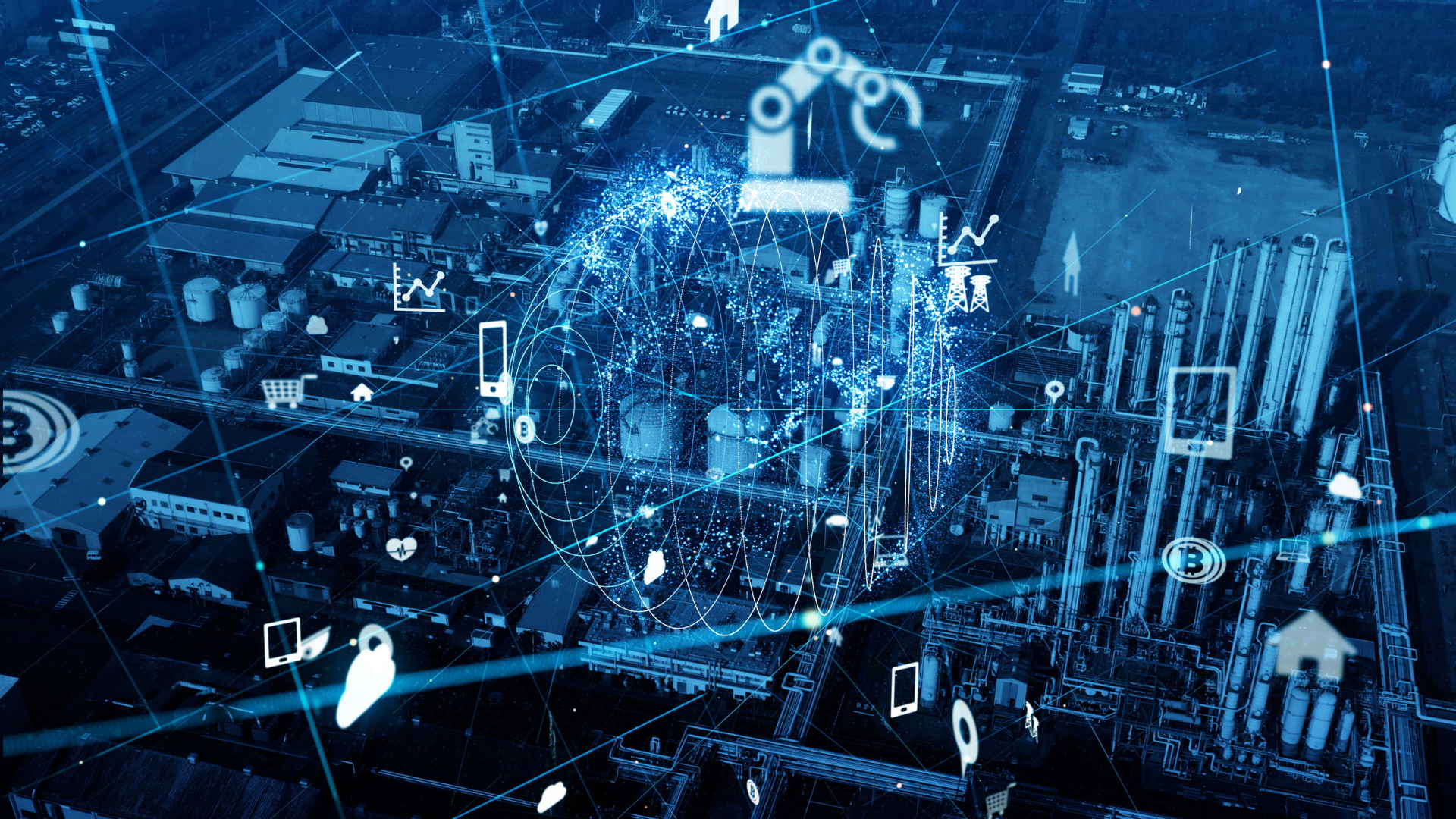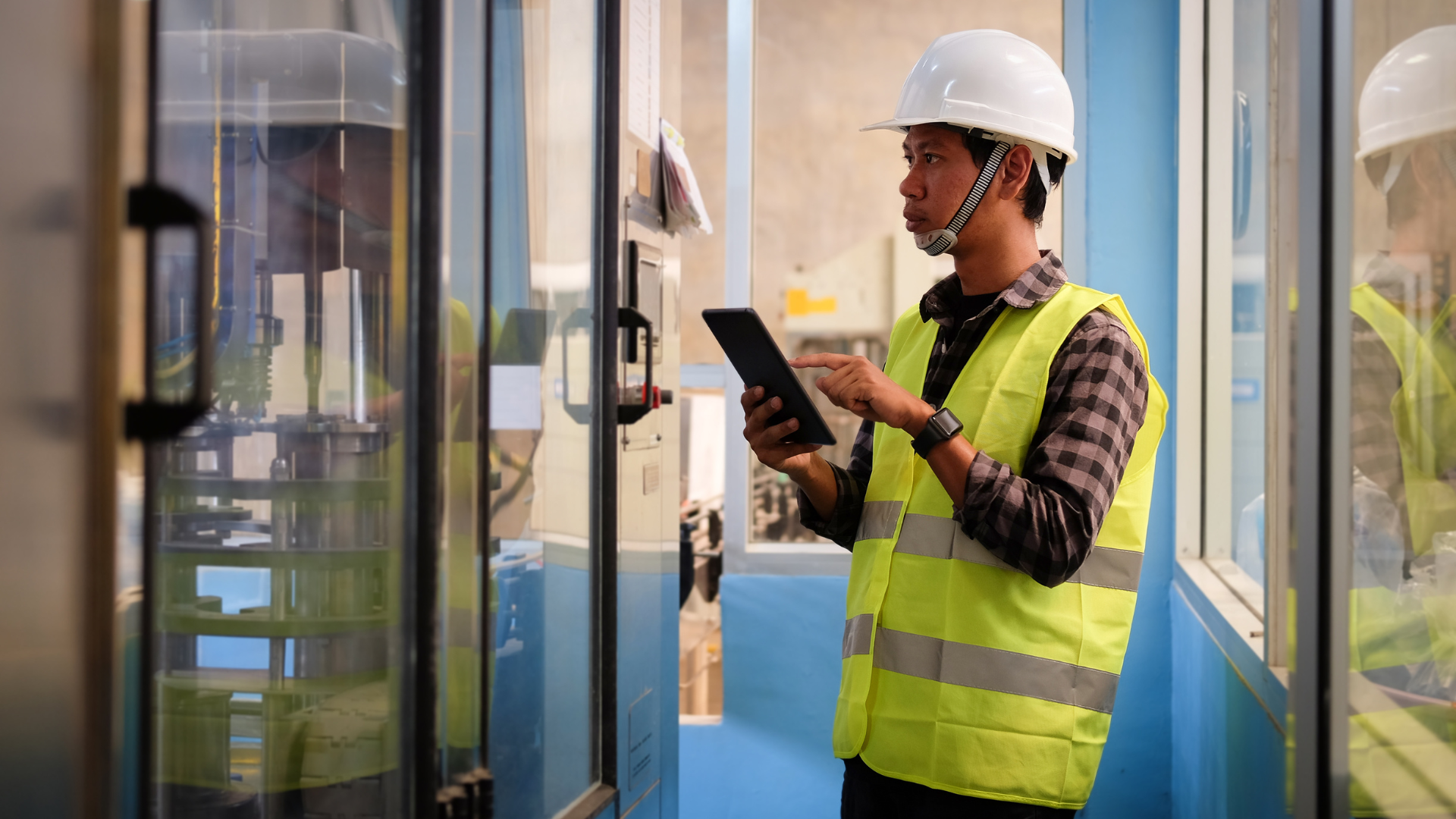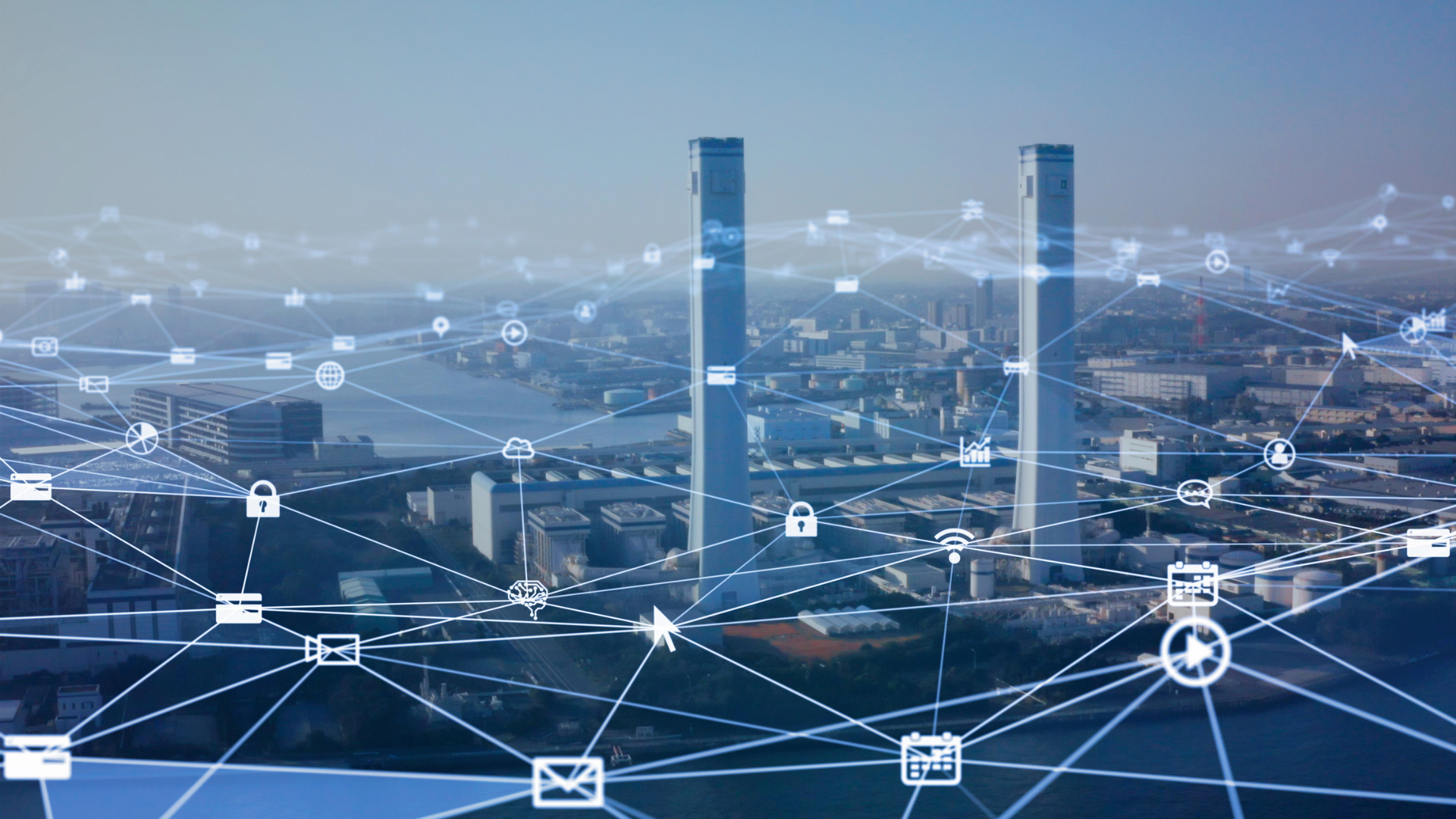Emerging Technologies in Industrial Monitoring

The world of industrial monitoring is undergoing rapid transformation, driven by technological innovation and the urgent need to modernize systems that have long remained static. For maintenance managers, this shift is more than a technical upgrade — it redefines how risks are detected, data is used, and decisions are made.
Today’s emerging technologies go far beyond simply flagging a problem. They anticipate it, provide context, and in some cases, even correct it. From rapid data capture to seamless integration with analytics platforms, these tools operate within a performance-driven ecosystem — where every second counts.
Stay Ahead of the Curve
Learn how to integrate the latest monitoring technologies into your operations.
From Traditional Monitoring to Connected Intelligence
Until recently, monitoring of critical systems relied heavily on manual inspections, lab tests, and maintenance logs. While useful, this model has obvious limitations: slow detection, human error, incomplete data, and reactive interventions.
Emerging technologies are shifting this paradigm. Intelligent sensors can now continuously measure multiple parameters (temperature, pressure, microbial levels). The data is centralized, analyzed, and can trigger alerts — or even corrective actions — automatically.
In the Rio Tinto Casthouse Water Cooling project, for example, an automated monitoring system stabilized cooling conditions by dynamically adjusting critical parameters. The result: significantly fewer performance deviations and improved traceability across operations.
Technologies to Watch Closely
Several innovations are becoming new industrial standards:
- Continuous monitoring: sensors transmit data continuously, with no downtime
- Artificial intelligence: detects abnormal patterns before critical thresholds are reached
- SCADA/ERP integration: monitoring data feeds directly into enterprise systems for better decision-making
- Dynamic visual interfaces: custom dashboards provide intuitive performance insights
- Wireless connectivity: ideal for complex or restricted-access environments
These innovations not only improve system reliability — they also reduce the labor burden of manual monitoring and documentation.
Real-World Applications and Measurable Benefits
Industrial monitoring modernization is not an abstract trend — it delivers measurable, daily results:
- Faster response times: anomalies are detected instantly, before gradual damage occurs
- Unplanned downtime prevention: continuous data allows for preemptive action
- Stronger regulatory compliance: every measurement is time-stamped, archived, and audit-ready
- Optimized maintenance costs: interventions are precise and data-driven
In an environment of shrinking margins and stretched technical teams, these gains are strategic.
A Progressive, Integrated Approach
Adopting these innovations doesn’t require a complete infrastructure overhaul. Modern systems are designed to integrate with existing setups, using compatible communication protocols (Modbus, BACnet).
Often, companies begin with a small-scale pilot on a critical asset before scaling across the site. This allows them to demonstrate value without disrupting day-to-day operations.
Equally important is team support — ensuring smooth adoption of new interfaces and alert-handling procedures.
Innovation as a Resilience Driver
Investing in advanced monitoring technologies also boosts your adaptability in times of uncertainty. Organizations that rely on timely, reliable data are better equipped to:
- Respond to changing regulations
- Justify technical decisions to authorities
- Build a culture of continuous improvement rooted in evidence
- Reduce environmental impact through precision management
At a time when industrial performance is closely tied to ESG (Environmental, Social, Governance) expectations, this capability is a clear competitive edge.
Take It to the Next Level
Curious how these technologies could transform your operations? Every facility has unique needs, but one thing is clear: industrial monitoring innovation is now accessible, modular, and highly cost-effective.




